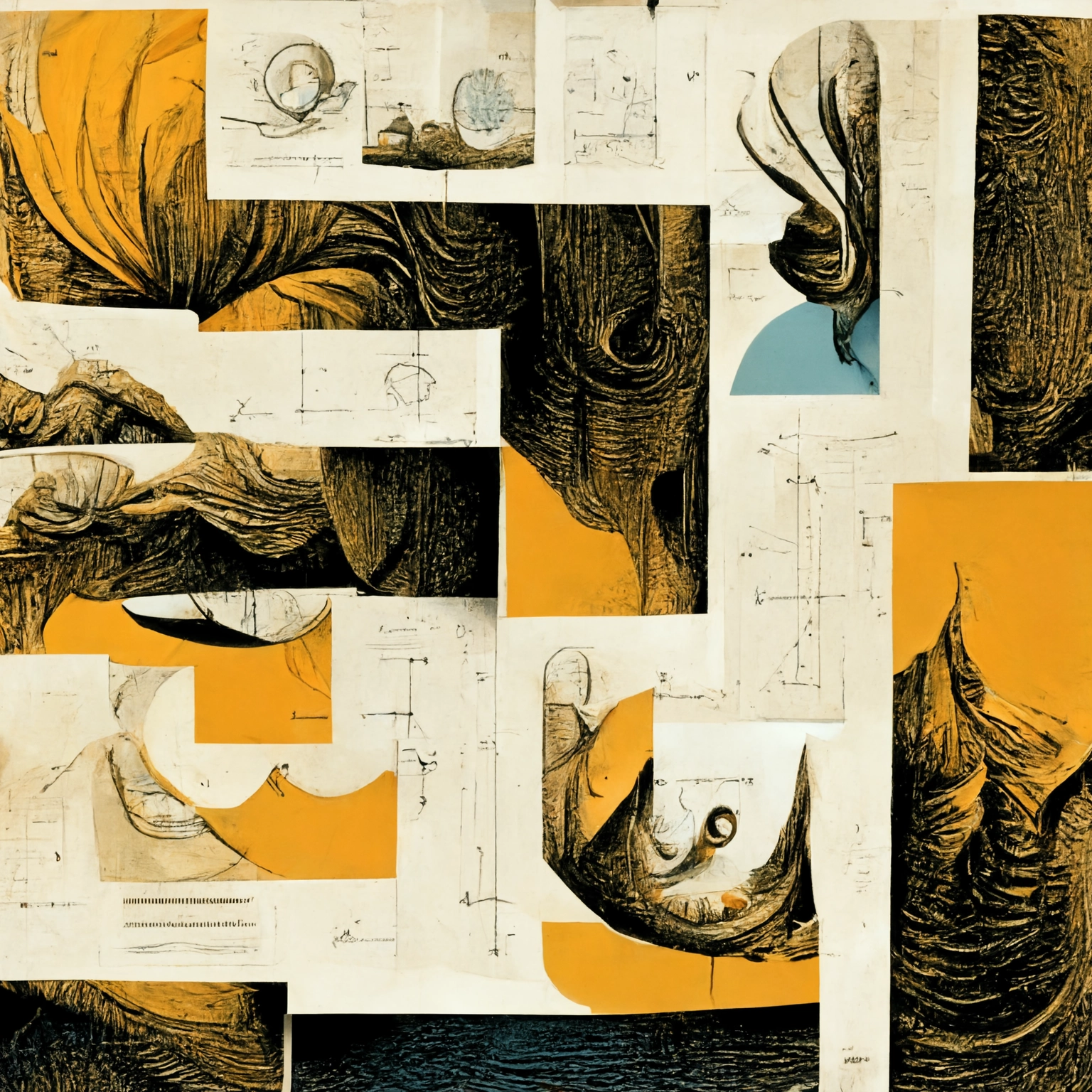Choices can be presented in a way that emphasizes the advantages or disadvantages of a certain choice, changing how desirable they are in comparison. This method was developed as part of Tversky and Kahneman’s prospect theory, which cast gambles in terms of gains or losses. There are several different framing techniques that have been identified, such as risky choice framing (e.g., the chance of saving 90 out of 100 lives vs. the possibility of saving 10 out of 100 lives), attribute framing (e.g., 95 percent lean beef vs. 5 percent fat), and goal framing (e.g., encouraging people to do something by offering a $5 reward vs. imposing a $5 penalty).
A long history of political communication uses the term “framing” to describe the informational focus a communicator selects to provide to a given message. Research in this area has looked at how framing impacts public perceptions of political candidates, legislation, or more general issues.
